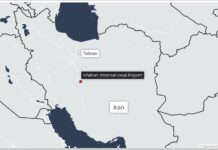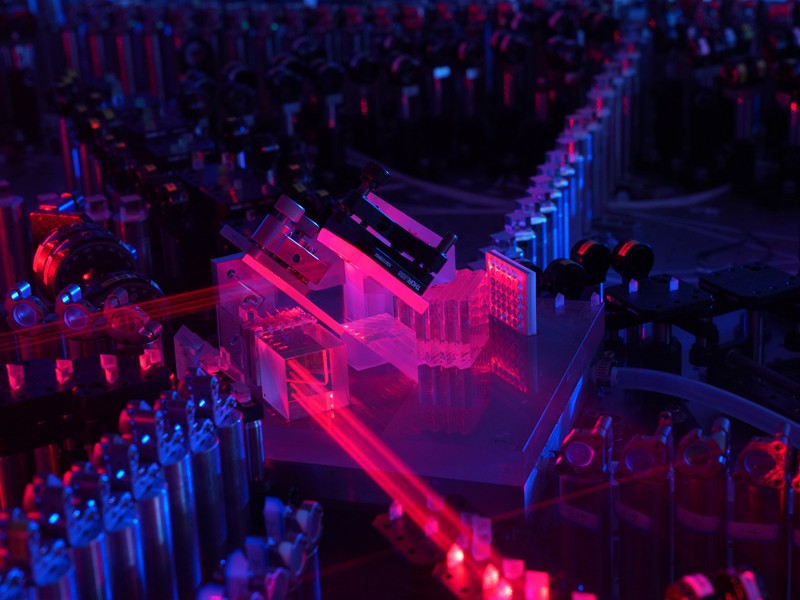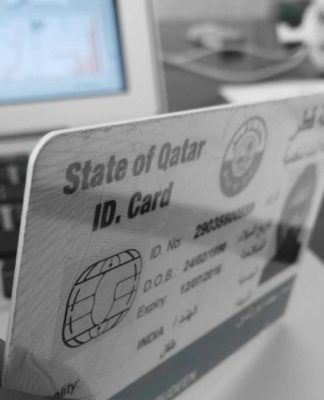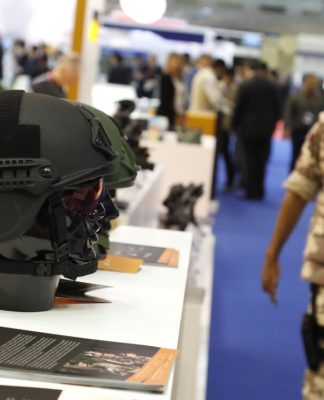Physicists in China challenge Google’s ‘quantum advantage’
This photonic computer performed in 200 seconds a calculation that on an ordinary supercomputer would take 2.5 billion years to complete.Credit: Hansen Zhong
A team in China claims to have made the first definitive demonstration of ‘quantum advantage’ — exploiting the counter-intuitive workings of quantum mechanics to perform computations that would be prohibitively slow on classical computers.
They have used beams of laser light to perform a computation which had been mathematically proven to be practically impossible on normal computers. The team achieved within a few minutes what would take half the age of Earth on the best existing supercomputers. Contrary to Google’s first demonstration of a quantum advantage, performed last year, their version is virtually unassailable by any classical computer. The results appeared in Science on 3 December1.
“We have shown that we can use photons, the fundamental unit of light, to demonstrate quantum computational power well beyond the classical counterpart,” says Jian-Wei Pan at the University of Science and Technology of China in Hefei. He adds that the calculation that they carried out — called the boson-sampling problem — is not just a convenient vehicle for demonstrating quantum advantage, but has potential practical applications in graph theory, quantum chemistry and machine learning.
“This is certainly a tour de force experiment, and an important milestone,” says physicist Ian Walmsley at Imperial College London.
Quantum advantage challenged
Teams at both academic and corporate laboratories have been vying to demonstrate quantum advantage (a term that has now largely replaced the earlier ‘quantum supremacy’).
Last year, researchers at Google’s quantum-computing laboratory in Santa Barbara, California, announced the first-ever demonstration of quantum advantage. They used their state-of-the-art Sycamore device, which has 53 quantum bits (qubits) made from superconducting circuits that are kept at ultracold temperatures2.
But some quantum researchers contested the claim, on the grounds that a better classical algorithm that would outperform the quantum one could exist3. And researchers at IBM claimed that its classical supercomputers could in principle already run existing algorithms to do the same calculations in 2.5 days.
To convincingly demonstrate quantum advantage, it should be unlikely that a significantly faster classical method could ever be found for the task being tested.
The Hefei team, led by Pan and Chao-Yang Lu, chose a different problem for its demonstration, called boson sampling. It was devised in 2011 by two computer scientists, Scott Aaronson and Alex Arkhipov4, then at the Massachusetts Institute of Technology in Cambridge. It entails calculating the probability distribution of many bosons — a category of fundamental particle that includes photons — whose quantum waves interfere with one another in a way that essentially randomizes the position of the particles. The probability of detecting a boson at a given position can be calculated from an equation in many unknowns.
200 seconds
But the calculation in this case is a ‘#P-hard problem’, which is even harder than notoriously tricky NP-hard problems, for which the number of solutions increases exponentially with the number of variables. For many tens of bosons, Aaronson and Arkhipov showed that there’s no classical shortcut for the impossibly long calculation.
A quantum computer, however, can sidestep the brute-force calculation by simulating the quantum process directly — allowing bosons to interfere and sampling the resulting distribution. To do this, Pan and colleagues chose to use photons as their qubits. They carried out the task on a photonic quantum computer working at room temperature.
Starting from laser pulses, the researchers encoded the information in the spatial position and the polarization of particular photon states — the orientation of the photons’ electromagnetic fields. These states were then brought together to interfere with one another and generate the photon distribution that represents the output. The team used photodetectors capable of registering single photons to measure that distribution, which in effect encodes the calculations that are so hard to perform classically.
In this way, Pan and colleagues could find solutions to the boson-sampling problem in 200 seconds. They estimate these would take 2.5 billion years to calculate on China’s TaihuLight supercomputer — a quantum advantage of around 1014.
Practical problems
“This is the first time that quantum advantage has been demonstrated using light or photonics,” says Christian Weedbrook, chief executive of quantum-computing startup Xanadu in Toronto, Canada, which is seeking to build practical quantum computers based on photonics.
Walmsley says this claim of quantum advantage is convincing. “Because [the experiment] hews very closely to the original Aaronson–Arkiphov scheme, it is unlikely that a better classical algorithm can be found,” he says.
However, Weedbrook points out that as yet, and in contrast to Google’s Sycamore, the Chinese team’s photonic circuit is not programmable, so at this point “it cannot be used for solving practical problems”.
But he adds that if the team is able to build an efficient enough programmable chip, several important computational problems could be solved. Among those are predicting how proteins dock to one another and how molecules vibrate, says Lu.
Weedbrook notes that photonic quantum computing started later than the other approaches, but it could now “potentially leap-frog the rest”. At any rate, he adds, “It is only a matter of time before quantum computers will leave classical computers in the dust.”
References
- 1.
Zhong, H.-S. et al. Science https://doi.org/10.1126/science.abe8770 (2020).































